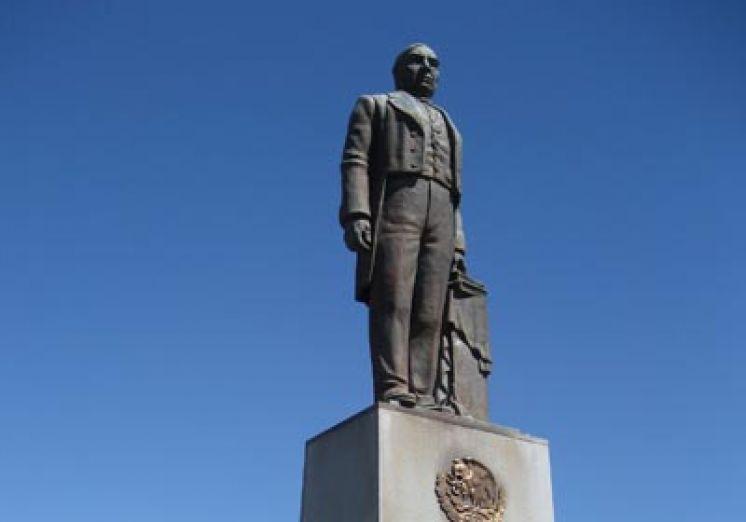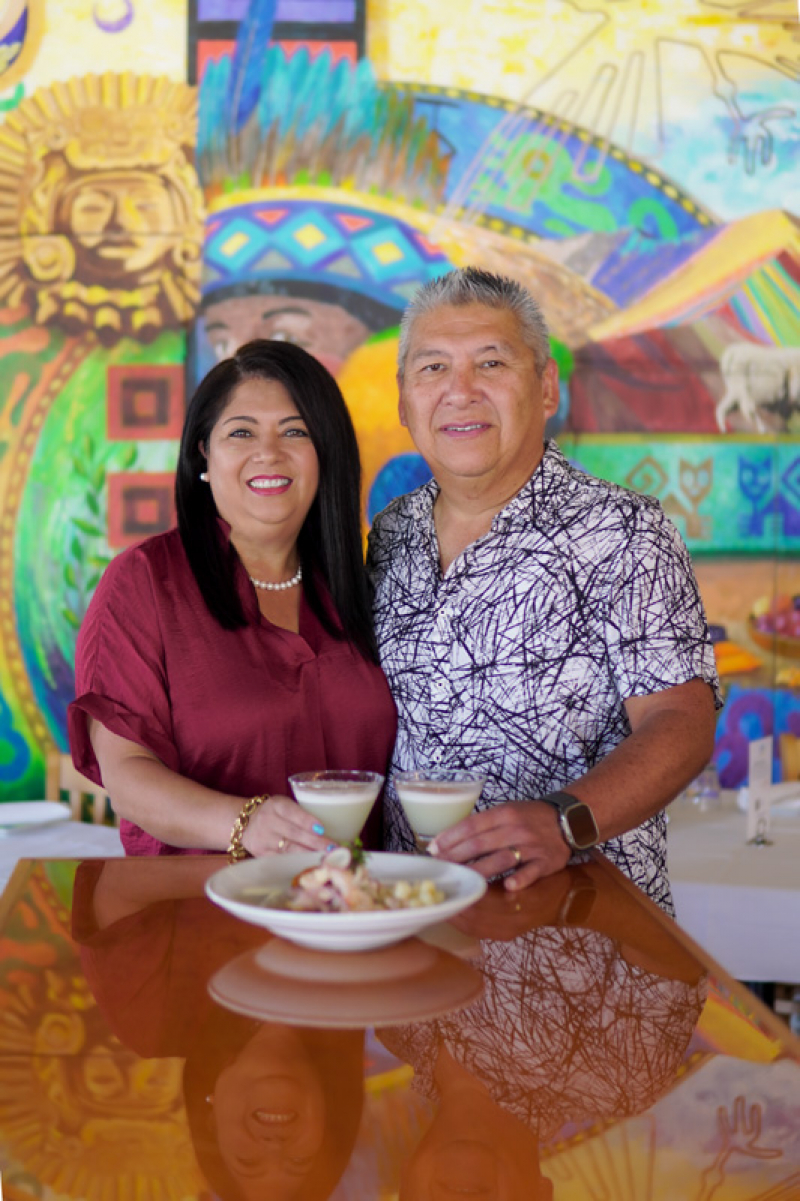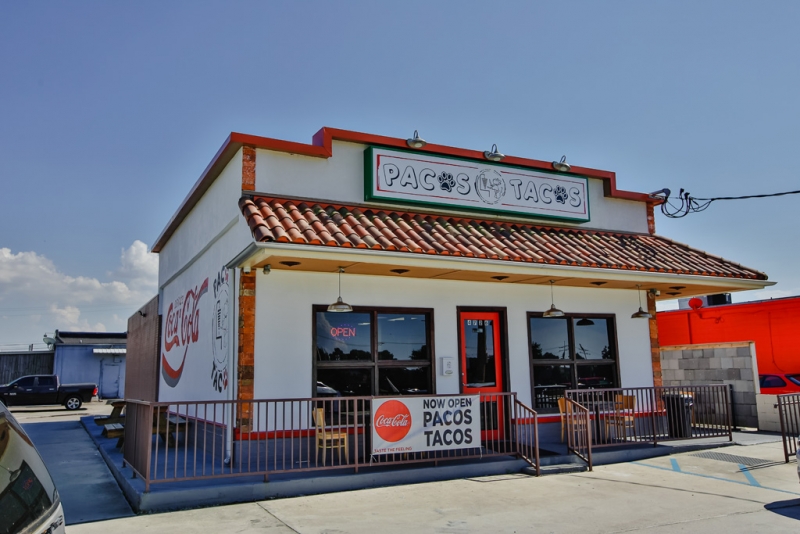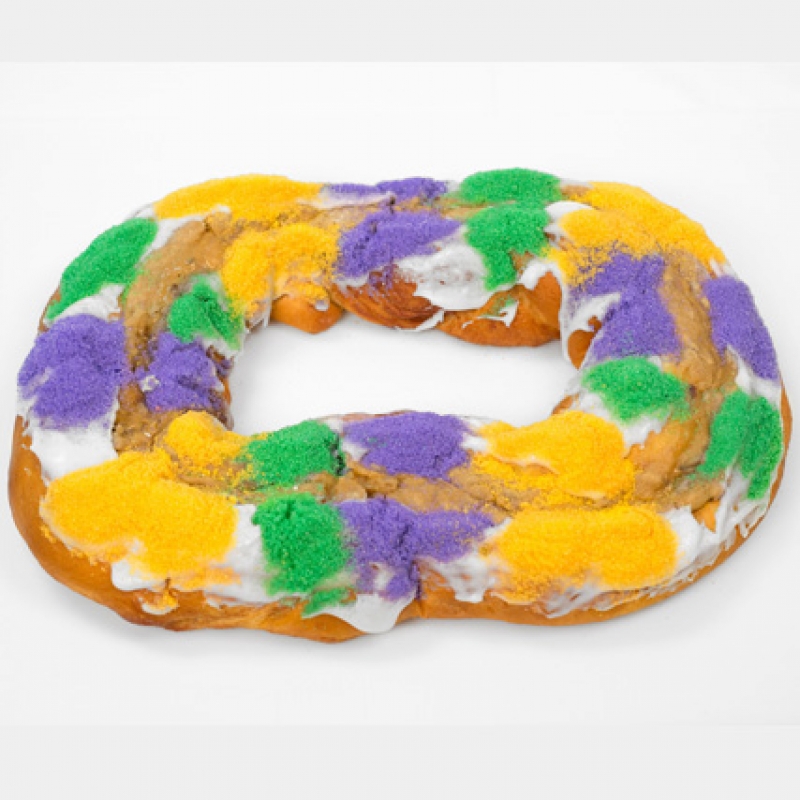- Written by Christopher Ard
- Published in Somos NOLA
Brown Like Me
Brown Like Me
By Christopher Ard
Click para español - Marrón, como yo.
If you spoke with me on the phone, you’d have no idea I was half-Mexican. However, because of genetic luck, many people who see me on the street greet me with “What’s up, mi amigo!” I like to tell people I got the brown gene in my family. You can see it in my eyes, my hair, and my skin tone-- but mostly in the summer.
There was another famous New Orleans resident whose brown gene made him famous. Benito Juárez was born in Oaxaca, Mexico, in 1806. Having Zapotec heritage, he became a hero of Mexico for separating the church and state, and for his native American heritage. In the mid-1850’s, Benito was exiled for his liberal views and like most other liberals lost in the world, ended up in New Orleans--twice.
The story has it that Benito lived in New Orleans for about three years. Although he was a lawyer in Mexico, Benito’s life was anything but luxurious here in New Orleans. At one point he rolled cigars on St. Peter Street in the Quarter.
He lived a life of poverty in New Orleans until he returned to Mexico to kick out the foreign rulers and transform his country into a modern nation. Many believe that it was his time here in New Orleans that influenced his thoughts on inequality and race.
53 years ago, from April 22nd to the 29th, New Orleans celebrated “Mexico Week” as the city prepared to dedicate a statue of Benito Juárez on Basin Street. The city welcomed a delegation of 100 representatives from Mexico to help throw the party. To thank New Orleans for the hospitality shown to their hero, Mexico commissioned an artist to create an enormous statue of Juárez which today still stands on Basin and St. Louis Streets-- known as the Garden of the Americas.
During the dedication of the statue, former Mexican Ambassador to the United States, Hugo B. Margain, said this, “Juárez is here, not as a mere gift from one nation to another, but as a reminder to young and old, that the humblest of origins is no impediment to greatness; that poverty of worldly goods can be overcome by spiritual wealth.”
That brings me back to the beginning of this story-- My brown gene. I have my mother to thank for my indigenous looks. She was the first of her family born in New Orleans--Charity Hospital to be exact.
My grandfather named her Tomasa, after his own mother who was back in Nuevo León, Mexico, not knowing the impact her name and skin tone would have on a little girl in a seemingly Mexican- less New Orleans.
My own name is English because my father wouldn’t allow a Mexican name on his children. It was the 1970s after all.

Last month, for Semana Santa, I took my mother on her first trip to Mexico City and Guanajuato, Mexico. I couldn’t wait to see how she would handle walking around in a land where her face and name aren’t foreign. In Mexico, there is a word which means “disasterous, worst- ever, unimaginable, or chaotic”. The word is “desmadre” --which literally means without mother. My mom taught me to ignore the name calling and to be proud of being Mexican while at the same time identifying with what I was experiencing.
One of the stops on our trip was to a statue in Guanajuato dedicated to another Mexican hero-El Pípila. And just to tie this story together, New Orleans? statue of Benito Juárez and Guanajuato’s statue of El Pípila were both created by the same artist--Juan Fernando Olaguibel.
So, the next time you’re driving down Basin Street, look up at the statue of Benito Juárez—Native American President of Mexico--and remember that he was just a poor “brown kid” from a small town in Mexico--but that didn’t stop him from getting a statue on Basin Street, and from liberating a nation.

























